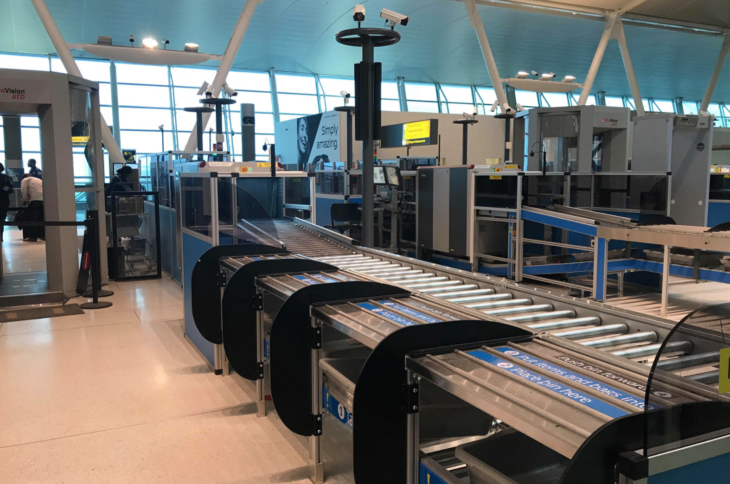Starting June 30, 2018 the Transportation Security Administration (TSA) will implement new requirements regarding powders in carry-on bags for international flights to the United States. Here’s a run down on what’s changing with this new policy.
If you’re wondering why​​​​‌‌‌​​‌‌​‌​​‌‌‌​ these changes are only for international bound flights to the U.S., it’s part of a continued effort by the TSA to align international security procedures with those for flights departing from the U.S. The TSA has recently  implemented enhanced security procedures for carry-on bags at U.S. airports. The TSA is now working to ensure similar standards at all airports that have non-stop flights to the United States.

- ​​​​‌‌‌​​‌‌​‌​​‌‌‌​Because of new TSA requirements, American encourages customers to place powder-like substances over 12 oz./350 mL — approximately the size of a standard U.S. can of soda — in their checked bags. Powders in carry-on bags may require secondary screening, and if the powder cannot be cleared by security officials, it will be prohibited from the cabin of the aircraft.
- Powder-like substances are described as fine dry particles produced by the grinding, crushing or disintegration of a solid substance (i.e. flour, sugar, ground coffee, spices, powdered milk and cosmetics). Aviation security authorities outside the United States will use their discretion and training to determine what is considered a powder-like substance.
- To reduce the chance that aviation security authorities will require the disposal of powder-like substances over 12 oz./350 mL at the checkpoint and/or gate, which is recommended to place in checked lugagge.
- Certain powders will be exempt from secondary screening, including baby formula, medically necessary powders and human remains.
- This policy does not apply to flights departing from the United States or United States territories, as the TSA has already implemented enhanced procedures at their security checkpoints.
Hat Tip: CNN

Well, I’m not expert in the fields of explosives or security, but I really don’t understand the rationale for why potentially threatening substances like this would be safer in the cargo hold than in the passenger section of an aircraft.